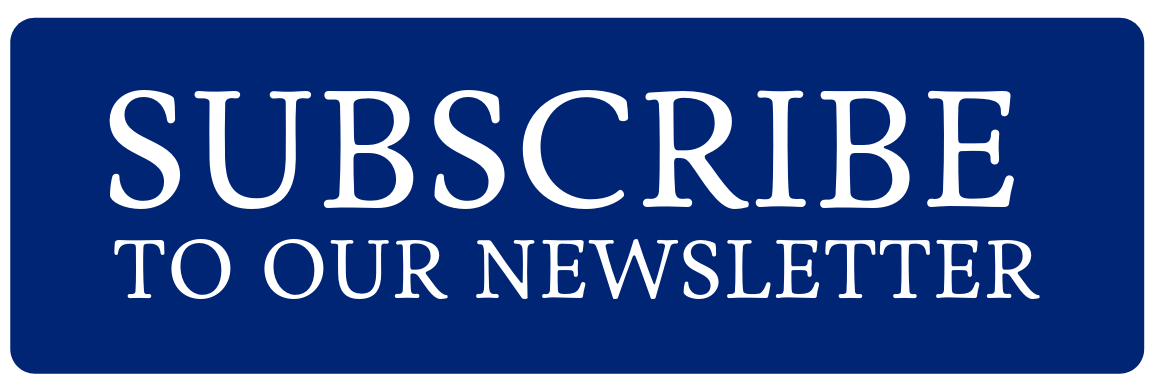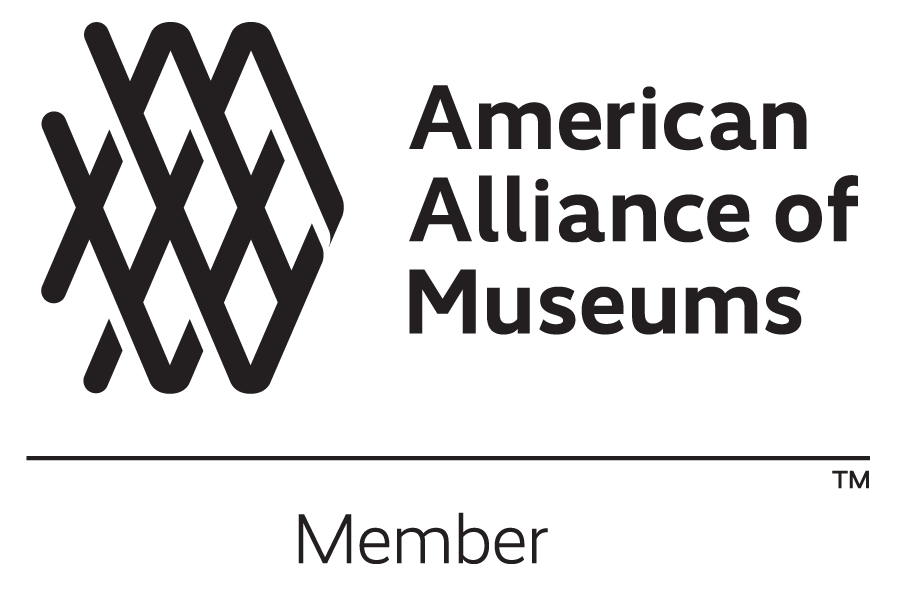Table of Contents
1. Signers of the Constitution
2. Molly Pitcher at the Battle of Monmouth
3. Nathan Hale’s letter to his brother Enoch Hale
4. Benjamin Tallmadge’s Orderly Book
5. Letter from George Washington to Elbridge Thomas Gerry
6. Camp Liquor Chest of Baron von Steuben
Benjamin Tallmadge’s Orderly Book
Orderly Book
Benjamin Tallmadge (1754- 1835)
1776
Paper & Leather
Benjamin Tallmadge was a Long Island native and graduate of Yale. He became a Connecticut school teacher before being given a lieutenant’s commission in the Continental Army in 1776. He conducted “secret service” for George Washington on Long Island and in White Plains and was friends with the martyred spy, Nathan Hale (1755-1776).
Tallmadge's participation in the fight for New York City is well documented in this Orderly Book. He details orders, events, and operations during the campaign between July 10-September 1, 1776. Below is a quote from August 16, 1776.
Doubtless the Appearance of the Enemy will be formidable. Their tawdry dress & glittering arms will make great impression on the minds of those who never saw Regulars. These things do not make them invincible; nor add anything more to their Courage than their Stature. Let us remember the solemn Promise of the Gen. ls to such persons as distinguish themselves by brave & noble actions. It would be well if all would endeavor to represent to their imaginations, the most formidable appearance they can conceive of Ships coming up under Sail, the roar of Cannon & all the Arrow of war; so that when it comes in earnest it may be the less terrifying. The Consequence will be they will be more cool & calm in Danger, & in that Case they are sure to do their duty to double advantage.
Gift of Samuel Latham Mitchell Barlow
2012 Conservation made possible by Dr. Michael Wolf
MS226
Tour
Benjamin Tallmadge was born on Long Island. After graduating from Yale, he became a schoolteacher. He joined the Continental Army in 1776 as a lieutenant, and later became George Washington’s chief intelligence officer.
An orderly book is a record of orders given by commanding officers. In this book, Tallmadge wrote about the fighting around New York City. He recorded orders, operations, and events taking place from July 10, 1776 to September 1, 1776.
Questions to consider: What do you think makes this orderly book valuable? What makes a primary source so valuable? What problems can arise when looking at primary sources?
Let’s compare Tallmadge’s orderly book to Nathan Hale’s letter. An entry in Tallmadge’s book is dated August 16, 1776; Hale’s letter was dated August 20 of the same year. This can give us a look at how different people were experiencing the same events. Consider the following excerpts from each:
Tallmadge: “Let us remember the solemn Promise of the Gen.ls [Generals] to such persons as distinguish themselves by brave and noble actions.”
Hale: “The Genl. [General] has been pleased to reward their bravery with forty Dollards each, except the last man that quitted the fire Sloop who had fifty.”
Both Tallmadge and Hale reference rewards that were promised to soldiers who behaved bravely. Tallmadge writes generally about the promise of reward, while Hale references a specific incident in which soldiers acted bravely after their ship caught fire.
Tallmadge: “Doubtless the Appearance of the Enemy will be formidable… It would be well if all would endeavor to represent to their imaginations, the most formidable appearance they can conceive of… so that when it comes in earnest it may be the less terrifying.”
Hale: “We have daily expected an action…for about 6 or 8 days the enemy have been expected hourly whenever the wind and tide in the least favoured. We keep a particular look out for them this morning…We hope, under God, to give a good account of the Enemy whenever they choose to make the last appeal.”
Both Tallmadge and Hale were stationed in the New York City area at this time, waiting to see when the British would engage. Both stress the need to be prepared to face the British at any moment.
Hale and Tallmadge were not the only ones concerned with being ready to face the enemy. In our next artifact, we will see preparation for war was also on George Washington’s mind as he led the Continental Army.





